Dark Energy Holds The Ultimate Lesson For Today’s Scientific Frontiers
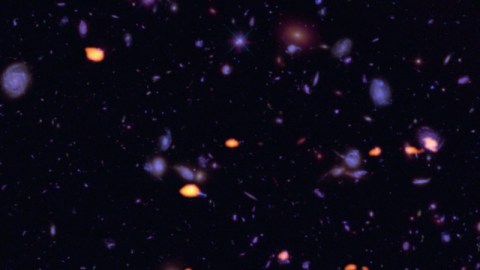
Should we build a more powerful collider? A telescope that probes the Universe as never before? Absolutely. Here’s why.
Every time someone proposes that we invest in fundamental science — to push the experimental or observational frontiers beyond their present limits — the scientific naysayers come out of the woodwork en masse. Their objections are timeless, remaining the same across each new generation.
- Sure, there are unsolved mysteries out there, but there’s no guarantee these advances will help reveal them.
- In fact, there’s no guarantee that pushing these frontiers will reveal anything that’s fundamentally unknown today at all.
- The “nightmare scenario” might come true: where we only reveal what we already know (or suspect) to some improved precision.
- And if that nightmare does come true, doesn’t that mean we’ve wasted our time, money, energy, and brainpower to learn nothing at all?
It’s true that this is always a risk. But there’s also a potential reward that goes beyond the value of anything we know how to quantify today, and our dark energy-dominated future illustrates this like nothing else ever has.
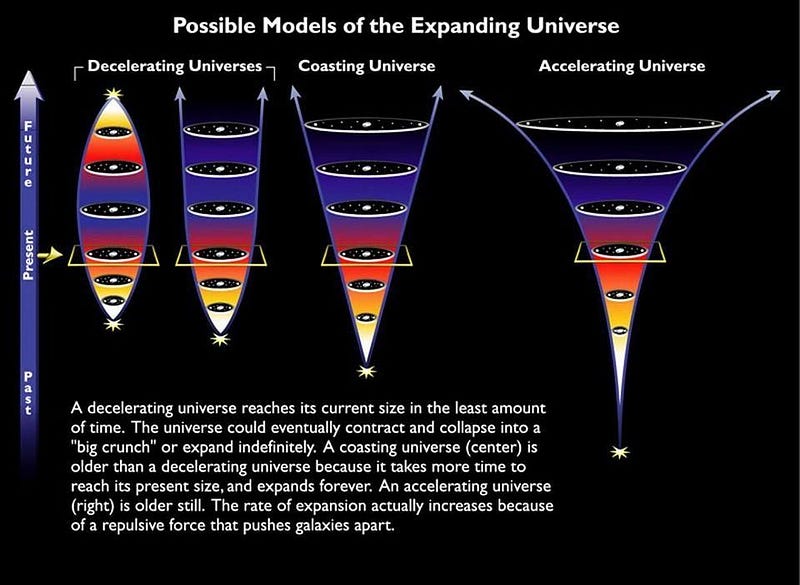
Whenever we probe the Universe in a new way, at greater distances, higher energies, temperatures closer to absolute zero, etc., we don’t know what we’ll find until the results have come in. These same objections that are casually leveled at next-generation space telescopes or future particle colliders were used to argue against attempting the first Hubble Deep Field, against building the Tevatron at Fermilab, or the Large Hadron Collider at CERN, despite the scientific successes of all these endeavors.
If you were to ask an astrophysicist or a particle physicist what fundamental secrets these scientific endeavors would have revealed beforehand, they would have been able to give you some fairly accurate predictions of successes that did indeed come to fruition. But the greatest, most revolutionary successes have come from finding something truly unexpected. That can only happen if we look beyond the presently explored frontiers.
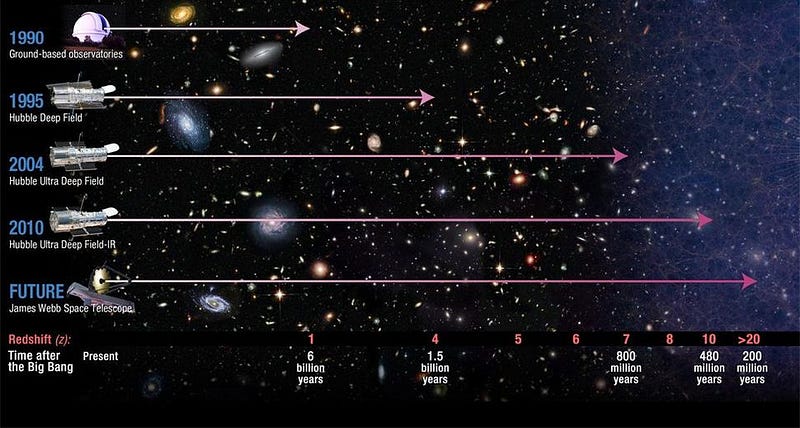
Many of us think about the Universe today as an enormous void of space nearly 100 billion light-years across, with approximately 2 trillion galaxies sprinkled throughout it. Everywhere we look, in all directions, we can find these galaxies both near and far. When we examine them in detail, we can learn how galaxies in general have grown, evolved, and clustered throughout the Universe, as well as how the Universe has expanded and cooled over its history.
At some great distance, which corresponds to some very early stage shortly after the Big Bang, there are no more stars or galaxies to observe. Beyond that, there are only neutral atoms, emitting a very faint radio signal as the spins of electrons flip inside individual hydrogen atoms. Beyond that, a cold bath of radiation — left over from the Big Bang itself — travels through the Universe, getting redshifted all the way into the microwave portion of the spectrum before arriving at our eyes.
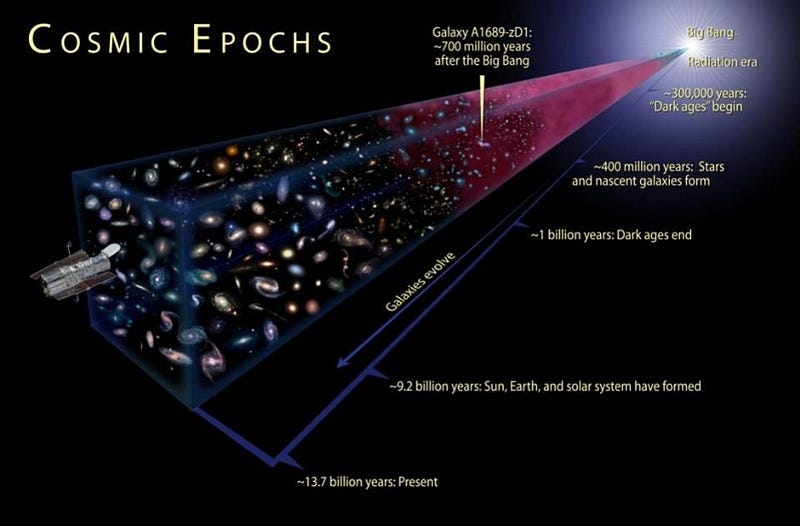
Without these pieces of evidence, it would have been extraordinarily difficult for us to conclude what our Universe was like or where it came from. And yet, if we had come into existence when the Universe was ten times its present age — 138 billion years old instead of 13.8 billion years old — that would have been the exact problem we faced. When the Universe is ten times its current age, all of the indicators that originally led us to the Big Bang would have yielded absolutely nothing instead.
- We couldn’t have measured the distance to galaxies beyond our own, because we wouldn’t be able to see any galaxies beyond our own.
- We couldn’t measure how galaxies evolved or grew or clustered, because our future home galaxy would be the only one we knew of.
- We couldn’t measure how the Universe was expanding because there would be no distant, luminous objects to measure.
- And we couldn’t even see the Big Bang’s leftover glow, because it would be too low-power and long-wavelength to detect.
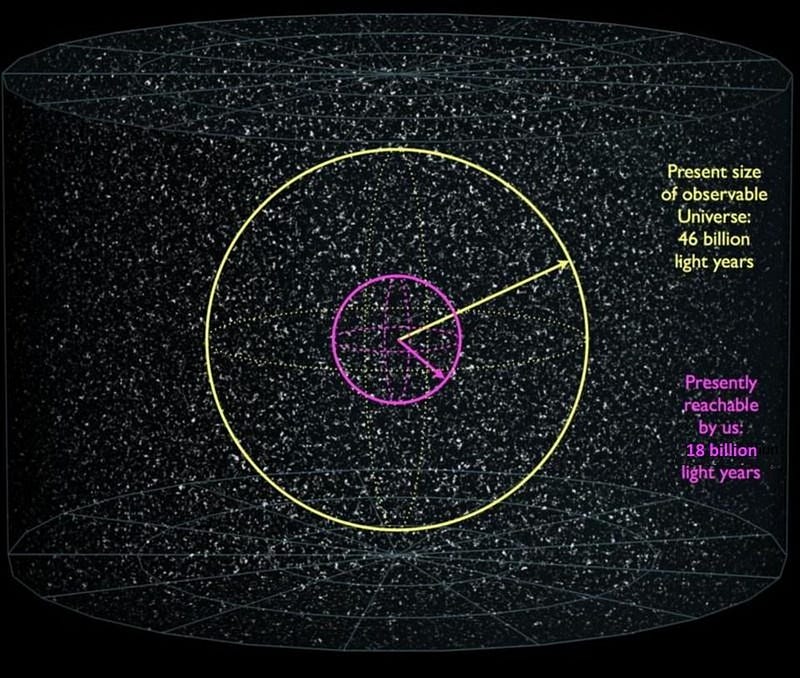
The reason for this is because of dark energy and how it causes the Universe to evolve. In a Universe dominated by dark energy at late times, which is the best description of our Universe that we have, any object that isn’t already gravitationally bound to us will recede from us at faster and faster rates as time goes on.
Because of the way that the fabric of the Universe expands, as the distance between us any any distant galaxy increases, so does the speed at which it appears to recede from us. When it reaches a certain distance — 18 billion light-years at present but that will increase slightly as time goes on — a critical threshold is passed. Beyond that point, we cannot send a new signal to that galaxy and it cannot send a new signal to us. Its “old light” will still be able to reach us, but not in the familiar sense that we’re used to.
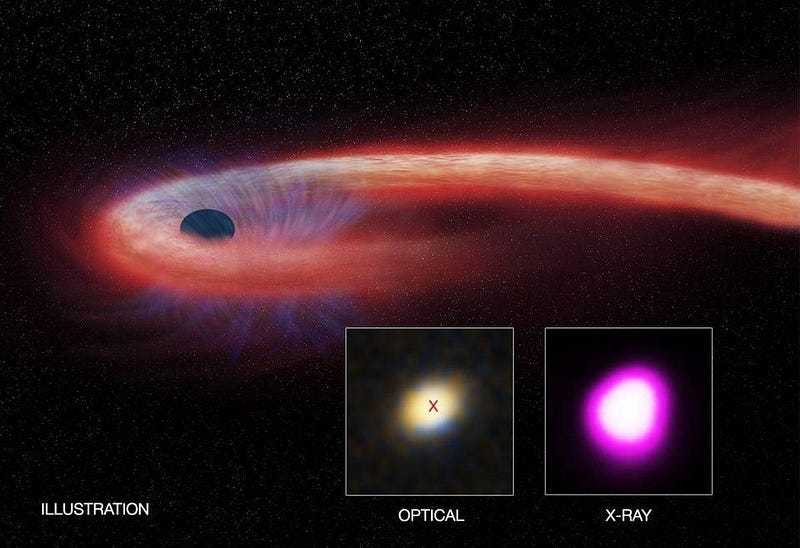
To better understand this, let’s think about what happens to the light from an object as it falls into a black hole. From the perspective of an outside observer, the event horizon is a place where everything asymptotes to a stop. Light would appear to slow down towards a stop as it approached the event horizon. It would get gravitationally redshifted towards arbitrarily lower energies. The photon density (number of photons per unit time) would asymptote to zero.
And yet, if you built a detector that could probe long-enough wavelength photons for long-enough periods of time, you’d begin to collect data about any object that fell in, even if it did so a long time ago. That information is still there, and with sophisticated enough tools, we can extract it. This is true for any horizon: not just a black hole’s event horizon, but even the cosmic horizon of the expanding, accelerating, dark energy-dominated Universe.
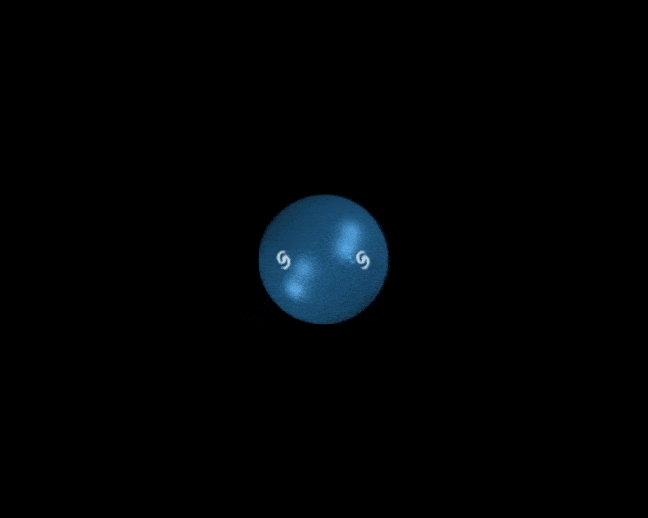
By the time the Universe is 138 billion years old, every galaxy in our Local Group should have merged together to form one elliptical galaxy: Milkdromeda. After the inevitable Milky Way/Andromeda collision that will occur about 4-to-7 billion years from now, the remaining galaxies of the Local Group will merge together as well. Star formation will have an enormous burst of events, then quietly peter out.
By this stage, most of the remaining stars will be red dwarfs, or will be the stellar corpses of stars that died long ago. That means we should be able to see stars that are up to ~200,000 light-years away. Beyond that, though, there won’t be any other galaxies to view. Not within a few million light-years; not within a few billion light-years. We’d have to literally look trillions of light-years away, for light that’s diffuse and redshifted far into the radio, to see even the nearest galaxy beyond our own.
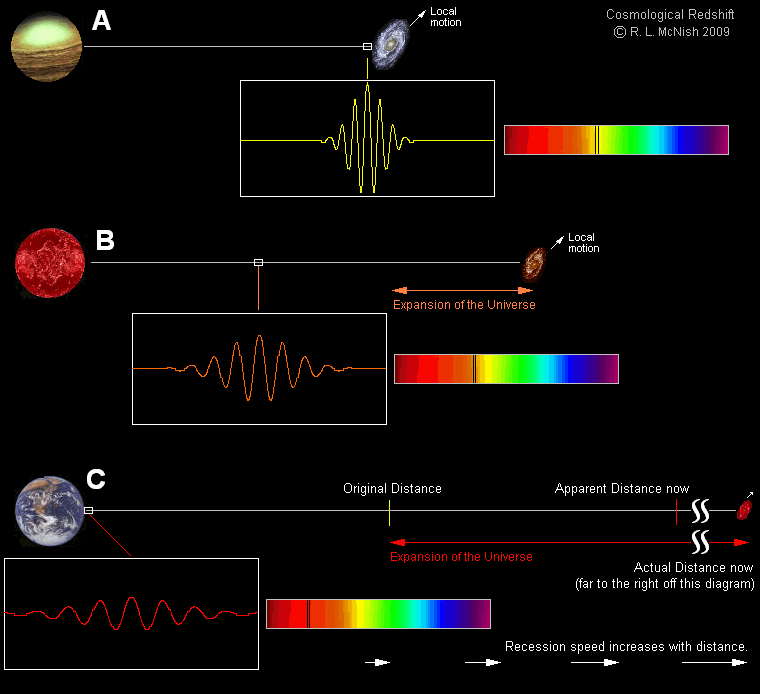
If we did build the proper tools — the ones that could measure ultra-long wavelength photons and collect them over very long periods of time — we could discover all sorts of things that would fill the Universe in the far future.
- We could discover a population of billions or even trillions of galaxies, viewing the Universe as it was when it was very young.
- We could discover how galaxies evolved, looking at snapshots of their stellar and gas content from the Universe’s infancy.
- We could measure absorption features, giving us a primitive estimate of the primordial element abundances.
- We could learn about the expanding Universe and measure a new version of Hubble’s Law, teaching us what the Universe is truly made of.
- And, with a large and powerful enough radio telescope or telescope array, we could even discover the Big Bang’s leftover glow, which would be a cosmic far-radio background by that point.
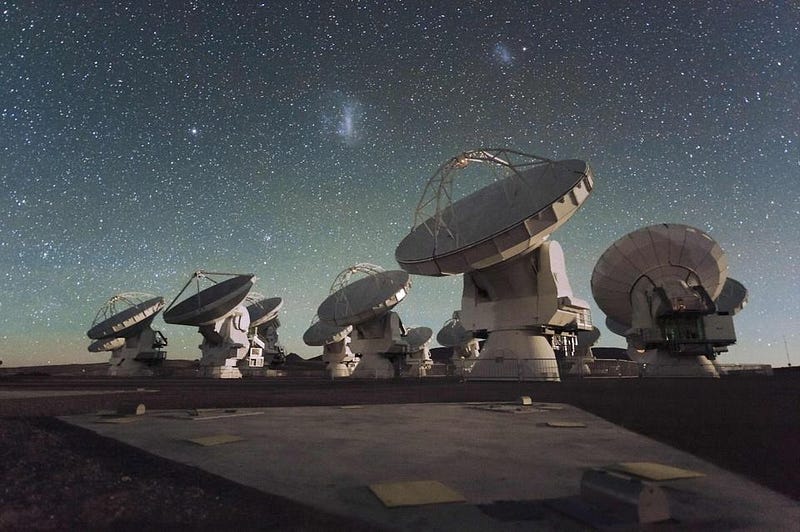
The thing is, there wouldn’t be anything that told us, “you should look for this signal in these wavelengths.” There’s no compelling evidence or indicators that would scream at us, “build this equipment that’s capable of detecting this type of signal.” Without the easily observed signals we see today — signals that won’t be present any longer in the Universe’s far future — the clues that led us to the Big Bang wouldn’t be present in the same form.
In a circumstance such as this, however, there is a way to find the otherwise elusive truth: you keep looking for whatever might be out there beyond the known frontiers. Even though you don’t anything at all beyond your home galaxy, you keep looking. You look in longer wavelengths of light. You look to fainter limits. You look with longer integration times. And if you do that, only if you do that, would you wind up uncovering the truth about the Universe.
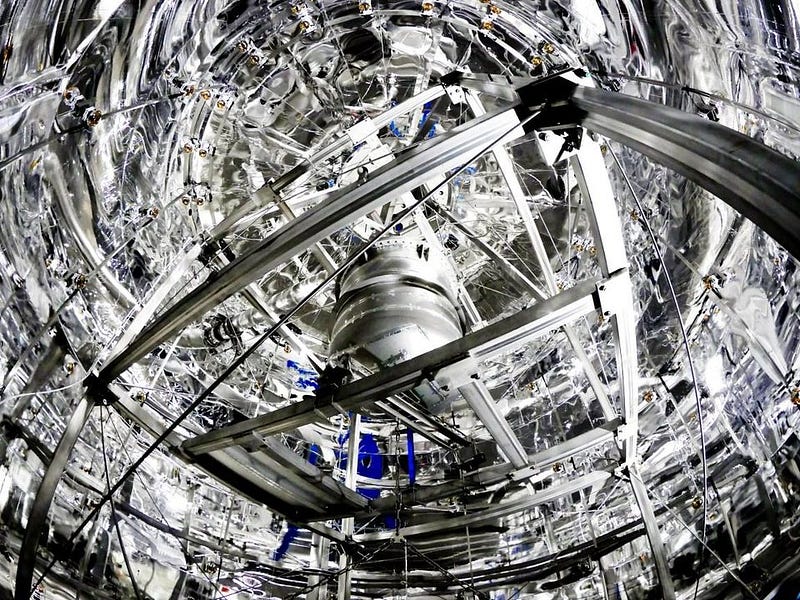
The big problem with science at the frontiers of what is known is that we don’t know where or how the next great, revolutionary discovery will occur. The XENON experiment could find evidence of a WIMP-like dark matter signal. The upcoming DUNE experiment could reveal something unexpected about neutrinos. The James Webb Space Telescope could show us a population of stars or galaxies that we never thought existed. And a future collider could reveal new forces, particles, or states of matter.
Until we look, though, we cannot know what secrets the Universe does or doesn’t hold. All we know for certain is what Wayne Gretzky told us decades ago, “You miss 100% of the shots you don’t take.” Humanity now stands at the most distant frontier of all-time in particle physics, astrophysics, low-temperature physics and more. We can’t know what we’ll find if we push that frontier and look as we’ve never looked before. But we can be certain that science will not progress any further without doing so.
Ethan Siegel is the author of Beyond the Galaxy and Treknology. You can pre-order his third book, currently in development: the Encyclopaedia Cosmologica.





